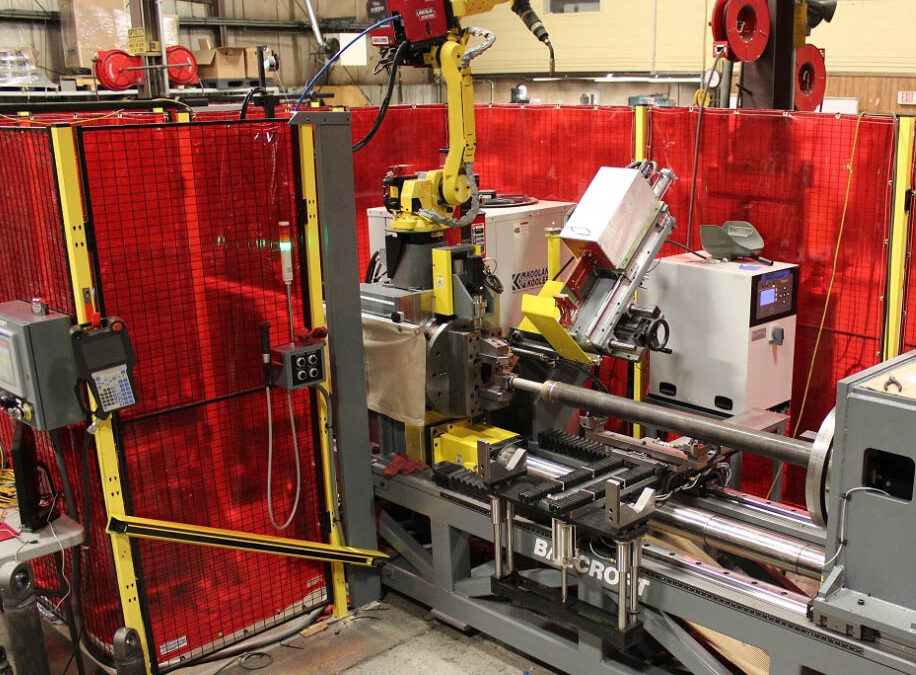Excellent weld quality helps to build a competitive advantage for your manufacturing business. With the right process in place, you will be able to regularly deliver durable, strong and clean welds to your customers. Read on to get our 4 simple tips to enhance weld quality.
- Proper Placement
- In-process Monitoring
- Use Automated Welding Machines
- Quality Assurance Checks
The Cost of Poor Weld Quality
Before we get into our tips, let’s review some of the most common welding problems:
- Spatter
- Porosity
- Undercut
- Deformation
- Cracks
- Poor weld penetration
- Incorrect wire delivery
These issues are often structural in nature while also affecting the overall appearance of your part. Low weld quality will hurt your bottom line, be a strain on your work environment and negatively impact customer satisfaction. Some issues could even be a safety hazard resulting in damage, injuries to workers or worse!
Tip #1: Proper Preparation
The steps before the welding process takes place are some of the most critical! Learn more about tips to prepare metal before automatic welding right here. When you skip out on cleaning your metal surfaces, removing oxide layers or prepping the metals edge—you’re setting yourself up for disaster. It’s worth your time to complete all best-practice welding preparations so you can not only pass quality inspections but also get beautiful and clean welds!
Tip #2: In-Process Monitoring
Real time, in-process weld monitoring is a great way to stay on-top of weld quality and catch errors before they occur. Some techniques used today for process monitoring include sensors, lasers and vision-based monitoring. Seam tracking allows you to track weld position during the welding process. This results in better welds, improved path speed, decreased scrap and reduced cycle times. Check out our run-down of seam tracking and how to select the right solution for your project right here.
Tip #3: Automated Welding Machines
Using the proper welding equipment is the first step for ensuring high-quality welding output. Automating your process can keep welding pitfalls at bay. Up-to-date technology makes a huge difference when it comes to avoiding welding defects—automation makes welding more consistent and reliable.
Bancroft Engineering provides both standardized and customized welding solutions. From semi-automated welders to 100% robotic cells, our engineers can help you select the right system for your process. Check out more information about our welding system offerings right here!
Tip #4: Quality Assurance Checks
Our last tip for improving weld quality is to have strong quality control in place. A welding quality assurance inspector reviews the weld and tests it’s quality. Quality assurance checks should focus on the overall quality of the weld as well as the strength of the weld. The main benefits of having quality control in place is to catch problems, analyze them and determine the best way to fix the issue moving forward.
Step up Your Weld Quality
Bancroft Engineering is here to help you improve weld quality with state-of-the-art equipment. We offer both design and build services under one roof. Specializing in standalone semi-automated welding machinery and large, automated weld systems, we offer full-service welding support. Give us a call today at 262-786-1880, or email: sales@bancrofteng.com.



